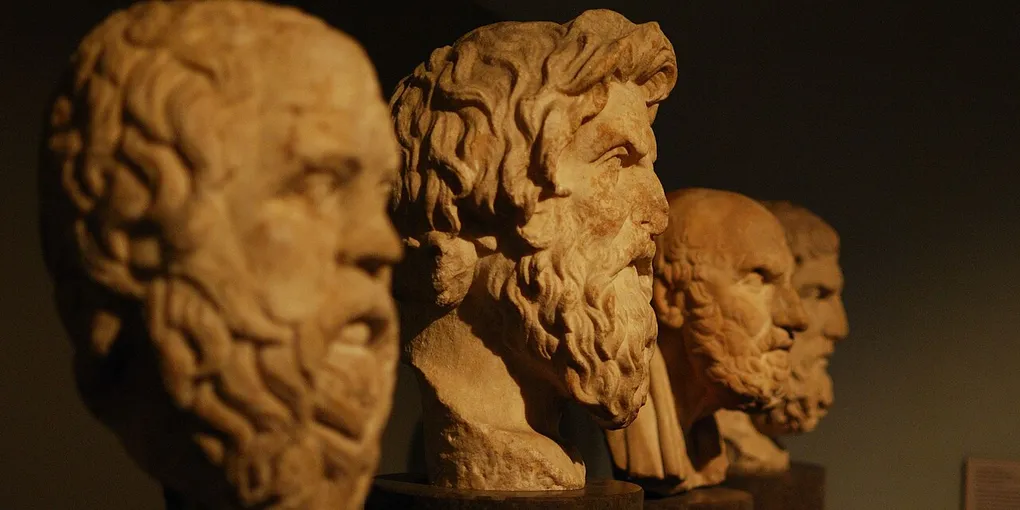
Ataraxia: The Philosophy of Inner Peace
In ancient Greek philosophy, ataraxia (ἀταραξία) represents a state of serene calmness and emotional tranquility—a freedom from worry and mental disturbance that the ancients considered essential to the good life.
The Core Concept
Ataraxia literally means “without disturbance” or “unperturbedness.” It describes a mind free from anxiety, fear, and excessive desires. Rather than the absence of all emotion, ataraxia is the cultivation of inner equilibrium—a balanced state where external events don’t disturb one’s peace of mind.
Philosophical Schools
Different Greek schools approached ataraxia in distinct ways:
Epicureanism saw ataraxia as the ultimate goal, achieved through simple pleasures, friendship, and understanding the natural world. By eliminating unnecessary fears (especially of death and the gods), we can achieve lasting tranquility.
Stoicism pursued ataraxia through acceptance of what we cannot control and focusing only on our own judgments and actions. Inner peace comes from aligning with nature’s rational order.
Skepticism found ataraxia in suspending judgment about unclear matters, freeing the mind from the anxiety of having to determine absolute truths.
Modern Relevance
In our age of constant stimulation and information overload, ataraxia remains remarkably relevant. The ancient practice of cultivating inner calm—through mindfulness, rational reflection, and understanding what truly matters—offers a timeless antidote to modern anxiety.
The path to ataraxia isn’t about escaping life, but about approaching it with wisdom and equanimity.
Credits of the image: Matt Neale from UK, CC BY 2.0, via Wikimedia Commons, via Wikimedia Commons.